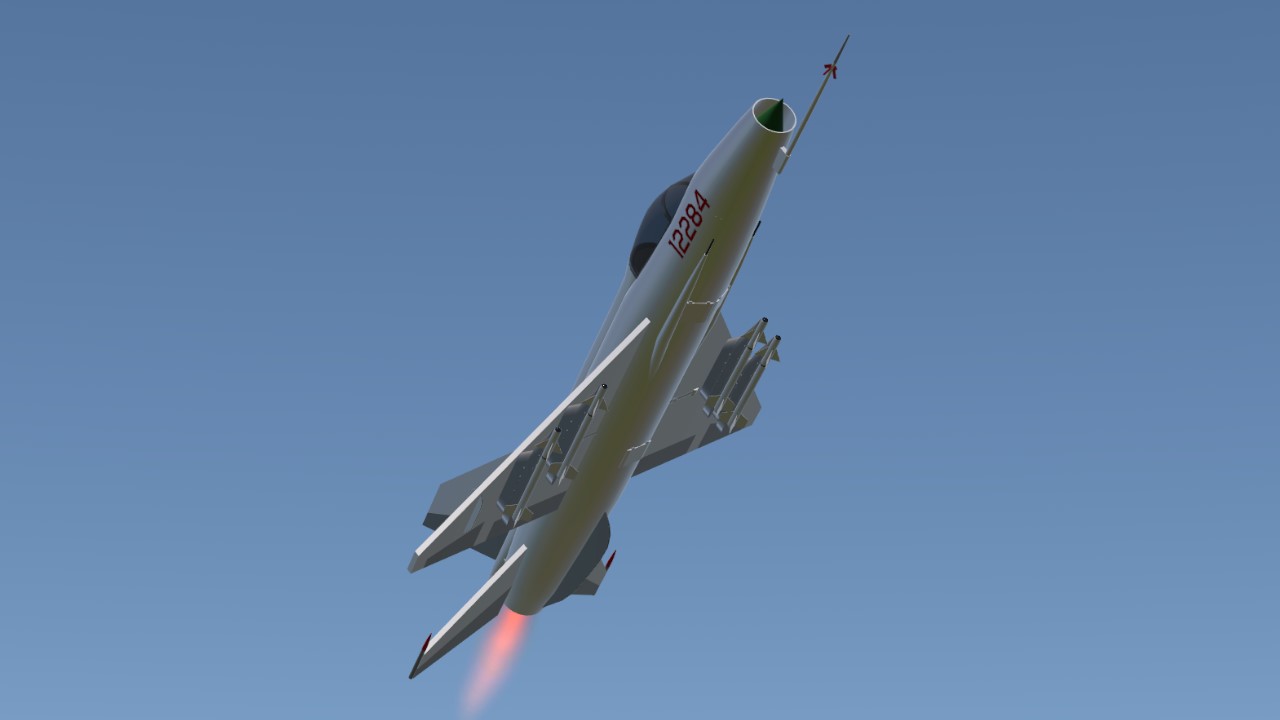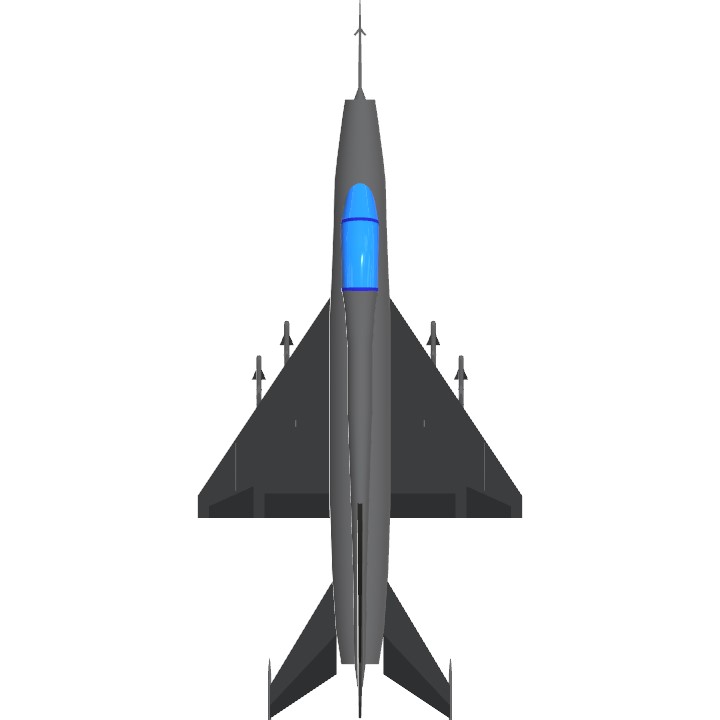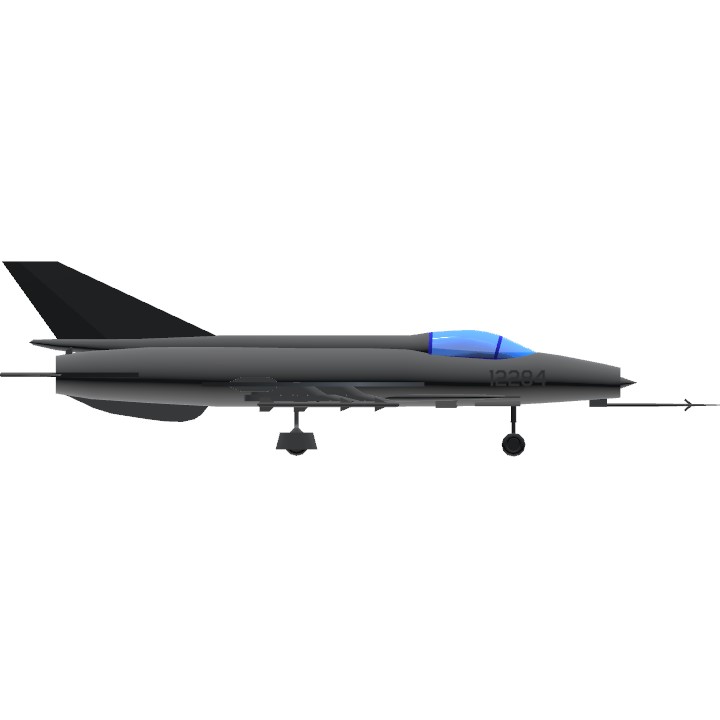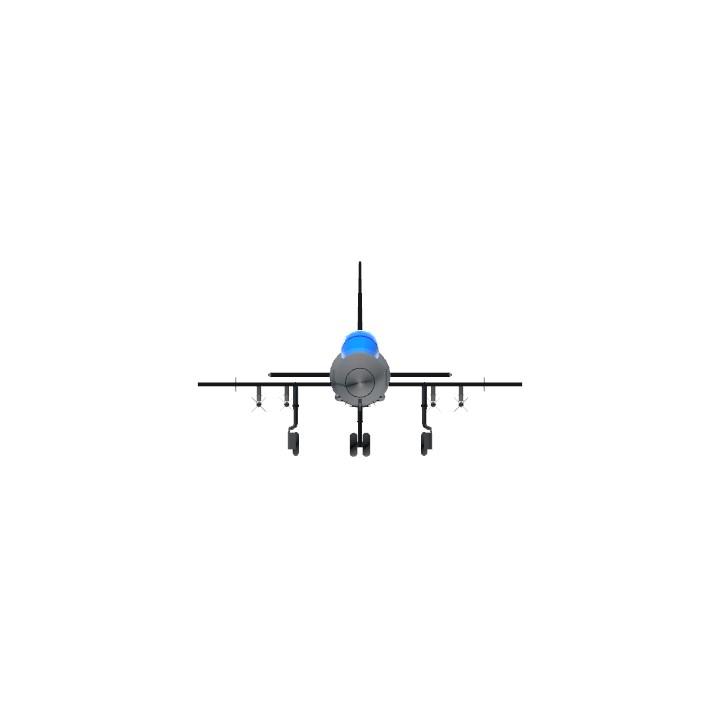Controls
AG1: Canopy
AG2: Drag chute
Armament
2x 30 mm Type 30-1 cannon, 60 rounds per gun
4x PL-2 infrared missile (this is an early design, so the maneuverability is fairly limited)
The Chengdu J-7 (Chinese: 歼-7; pinyin: Jiān-7; third generation export version J-7; NATO reporting name: Fishcan) is a Chinese fighter aircraft. It is a license-built version of the Soviet Mikoyan-Gurevich MiG-21, and thus shares many similarities with that aircraft. The aircraft is armed with infrared homing air-to-air missiles and is mainly designed for short range air-to-air combat. The aircraft is also used for close air support.
On 30 March 1962, the Soviet Union and China signed a technology transference arrangement on the MiG-21. Allegedly, while various kits, components, completed aircraft and associated documents were delivered to the Shenyang Aircraft Factory, the design documentation was incomplete, and Chinese designers made efforts to reverse engineer the aircraft. While the two aircraft are greatly similar, areas of difference include the hydraulic systems and internal fuel arrangements. During March 1964, domestic production of the J-7 reportedly commenced at the Shenyang Aircraft Factory, but due to various factors including the Cultural Revolution, mass production was only truly achieved during the 1980s. Numerous models of the J-7 were developed, featuring improvements in areas such as the armament, avionics, and wing design.
Bangladesh Air Force J-7BGI:

Specifications
General Characteristics
- Created On Windows
- Wingspan 23.7ft (7.2m)
- Length 53.1ft (16.2m)
- Height 14.3ft (4.4m)
- Empty Weight 14,134lbs (6,411kg)
- Loaded Weight 17,325lbs (7,858kg)
Performance
- Power/Weight Ratio 0.835
- Wing Loading 35.9lbs/ft2 (175.1kg/m2)
- Wing Area 483.0ft2 (44.9m2)
- Drag Points 1067
Parts
- Number of Parts 167
- Control Surfaces 7
- Performance Cost 600




